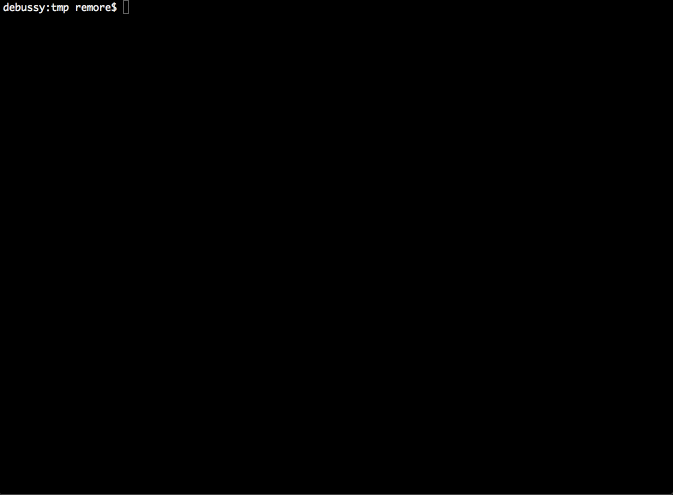dockerfileview is a dead simple command line tool enable you to trace ancestry of the base image. Here is an example.
$ dockerfileview nginx:1.9.2
#
# 🐳 debian:jessie
# https://raw.githubusercontent.com/tianon/docker-brew-debian/e9bafb113f432c48c7e86c616424cb4b2f2c7a51/jessie/Dockerfile
#
FROM scratch
ADD rootfs.tar.xz /
CMD ["/bin/bash"]
#
# 🐳 nginx:1.9.2
# https://raw.githubusercontent.com/nginxinc/docker-nginx/1eea9f7d082dff426e7923a90138de804038266d/Dockerfile
#
FROM debian:jessie
MAINTAINER NGINX Docker Maintainers "docker-maint@nginx.com"
.
.
.
There are tons of useful public docker images such as official images(e.g. ubuntu:14.04 or centos:latest) and personal images hosted at registry.hub.docker.com(e.g. jwilder/nginx-proxy), but to download Dockerfiles of those public images are boring and tiresome work. To make matters worse, you sometimes need to trace ancestry to investigate "base image of base image of current image" kind of thing manually. This is where dockerfileview comes in.
To install dockerfileview, please use go get.
$ go get github.com/remore/dockerfileview
If you have not installed go on your system, precompiled executables are available at release page is for you. Or, simply type docker run command such as:
$ docker run remore/dockerfileview dockerfileview ubuntu:14.04
dockerfileview can take a local file path for Dockerfile or public docker image name.
$ dockerfileview /path/to/Dockerfile
...
$ dockerfileview centos
...
$ dockerfileview nginx:1.9.2
...
$ dockerfileview jwilder/nginx-proxy
In case of redirecting standard output to to other command such as less or tail via pipe, --text option is recommended to use.
$ dockerfileview --text centos | less
#
# centos
# https://raw.githubusercontent.com/CentOS/sig-cloud-instance-images/0a6a7fa816e834b29222fce2df0b858ab1b97a87/docker/Dockerfile
#
FROM scratch
MAINTAINER The CentOS Project <cloud-ops@centos.org> - ami_creator
ADD centos-7-20150616_1752-docker.tar.xz /
# Volumes for systemd
# VOLUME ["/run", "/tmp"]
# Environment for systemd
# ENV container=docker
# For systemd usage this changes to /usr/sbin/init
# Keeping it as /bin/bash for compatability with previous
CMD ["/bin/bash"]
#
# (Direct Input from CLI)
#
FROM centosPlease be noted that regarding with docker image name, official images and latest image registered at public docker registry are supported. Meanwhile, here is the list of example image names we doesn't support.
- public_user/repo:
- localhost:50111/foobar
This is because internally dockerfileview command will only fetch public information by connection to either registry.hub.docker.com or raw.githubusercontent.com to retrieve public Dockerfile.
